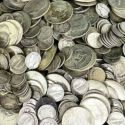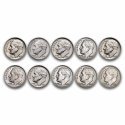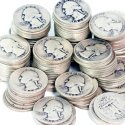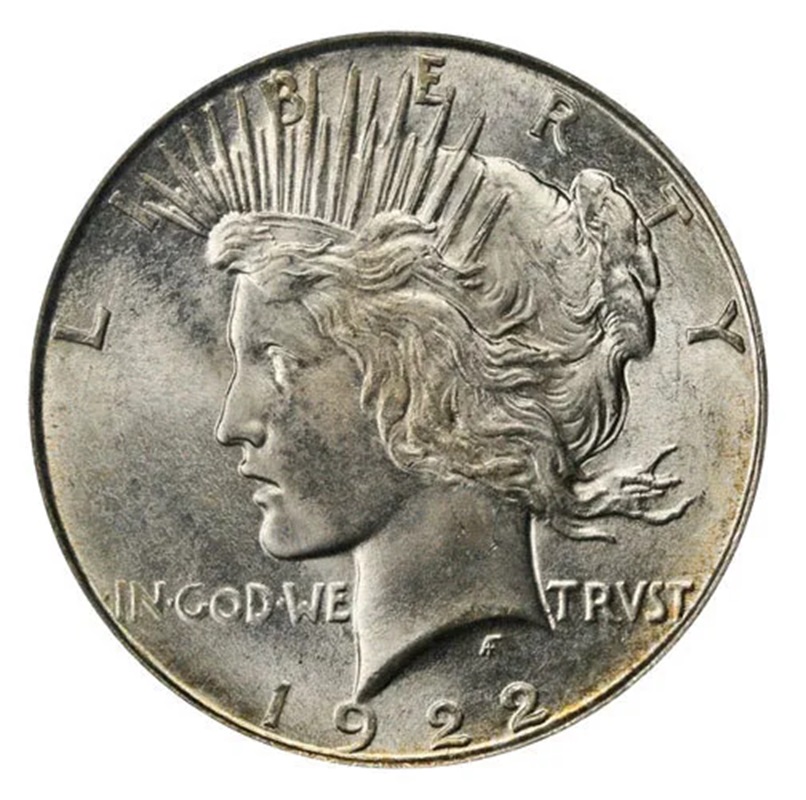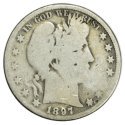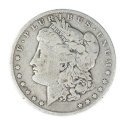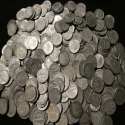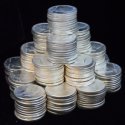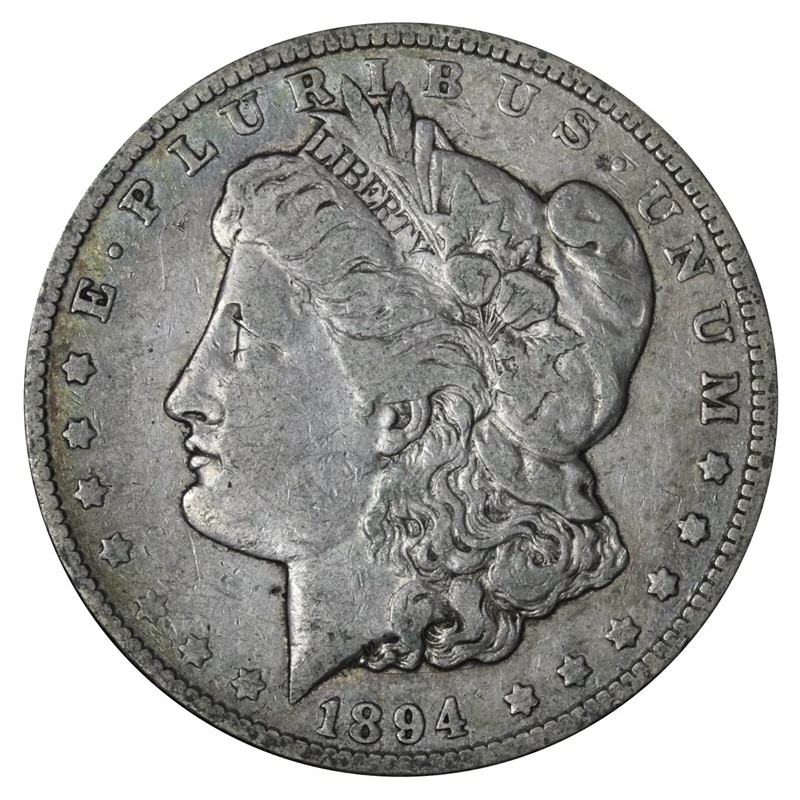1916-1945 Mercury Dime Melt Value
Determining the current price of silver coins is a straightforward process once you know the silver content of the coin and the current market price, often referred to as the silver spot price.
US Mint Silver Coin Melt Values
| Description | Face Value | ASW | Melt Value | Per $1 Face | Per Bankroll | |
|---|---|---|---|---|---|---|
| Mercury Dime | 1916-1945 Mercury Dime | $0.10 | 0.0715 | $5.14 | $51.37 | $256.86 |
Mercury Dime
The Mercury Dime is officially known as the Winged Liberty Head. It was minted by the United States from 1916 to 1945. The "Mercury Dime" name comes from the design's resemblance to the Roman god Mercury, even though it actually depicts Lady Liberty wearing a winged cap. The design is meant to symbolize freedom of thought and free speech. This iconic design has made the Mercury Dime a favorite among collectors.
Adolph A. Weinman created the Mercury Dime. He also designed the Walking Liberty Half Dollar, the fifty-cent coin that circulated during this era.
Today, Mercury Dimes can occasionally be found in Coinstar machines as they typically reject silver coins because their composition is different from modern copper-nickel clad coins. It's always worth taking a quick look in the coin return tray when walking by.
Specifications
- Composition: 90% silver, 10% copper
- Total Weight: 2.50 grams (0.088 oz)
- Silver Weight: Approximately 0.07234 oz of pure silver
- Diameter: 17.9 mm
- Thickness: 1.35 mm
- Edge: Reeded (118 reeds)
Mercury Dime Values
Condition plays a role in value and most Mercury Dimes found today are in circulated condition. Lower-grade examples (around G-4 to VG-8) being the most common and are commonly found amongst junk silver. Coins in these grades will show considerable wear, especially on the high points of the design, such as Liberty's cap or the fasces on the reverse. These coins are primarily valued for their silver content. However, even in circulated condition, some key dates and error coins can be desirable to collectors even with their worn appearance.
Uncirculated and Mint State coins are far rarer, with sharp details and original luster still intact. Coins graded MS-65 and higher can be quite valuable, especially from key dates or with particularly attractive toning.
Rare and Valuable Key Dates and Errors
- 1916-D Mercury Dime - The 1916-D Mercury Dime is the rarest and one of the most sought-after coins in American numismatics. With just over a quarter of a million produced, finding this coin in any condition is rare. For collectors, it represents one of the key "stoppers" to completing a Mercury Dime collection.
Mintage: 264,000
Value: In lower grades, it can sell for $1,000, while in higher grades, such as MS65, it can go for $40,000 to $100,000 at auction. - 1942/41 Overdate - The overdate error occurred at both the Philadelphia Mint and the Denver Mint, creating two separate varieties: 1942/41 (Philadelphia) and 1942/41-D (Denver). The error happened when a 1941-dated die was repunched with a 1942 date. This led to a visible overlap of the two dates. This caused the digits "1" and "2" to be superimposed over the "1" and "4" from 1941. In MS65 condition, the Philadelphia version can sell for $15,000 to $30,000, while the Denver version can range from $10,000 to $20,000.
- 1945-S Micro S: The defining feature of this coin is the smaller-than-usual "S" mintmark, which was caused by the use of a different mintmark punch. This punch was normally intended for use on the Philippines' coins, which were also produced by the U.S. Mint at the time. While not exceedingly rare, in circulated condition these coins can be worth between $10 to $50. Uncirculated coins are worth $80 to $100
The Winged Liberty Head is considered one of the most beautiful designs in American coinage. Minted during World War I and the early years of World War II, these coins carry a significant historical weight. Aside from rare key dates, Mercury Dimes are generally affordable for beginner collectors, making them an accessible entry point into numismatics.
Other Notable Mercury Dime Dates
- 1921 Mercury Dime: A low mintage year with 1.2 million minted. In higher grades, it can sell for $3,000 to $10,000.
- 1921-D Mercury Dime: Even rarer with a mintage of 1.08 million. Values in MS65 condition can range from $5,000 to $15,000.
Not only is the Mercury Dime a historical artifact, it's also a cornerstone of many coin collections. Its affordable price in circulated grades and potential value in rare dates and errors make it a solid investment for both new and seasoned numismatists.
Explore More Articles Related to Mercury Dime Values
- 1916-D Mercury Dime and Other Valuable Winged Liberty Dimes - The inaugural year for the Mercury Dime series and is a prized piece among collectors due to its low mintage, historical significance, and rarity. This coin is among the most sought-after coins in American numismatics.
- What Dimes Contain Silver - U.S. dimes were composed of 90% silver and 10% copper up until 1965. Due to rising silver prices, debasement occurred, changing the composition of dimes to a cupro-nickel clad coins in 1965.
- Silver Coin Values Guide with Coin Value Calculator

